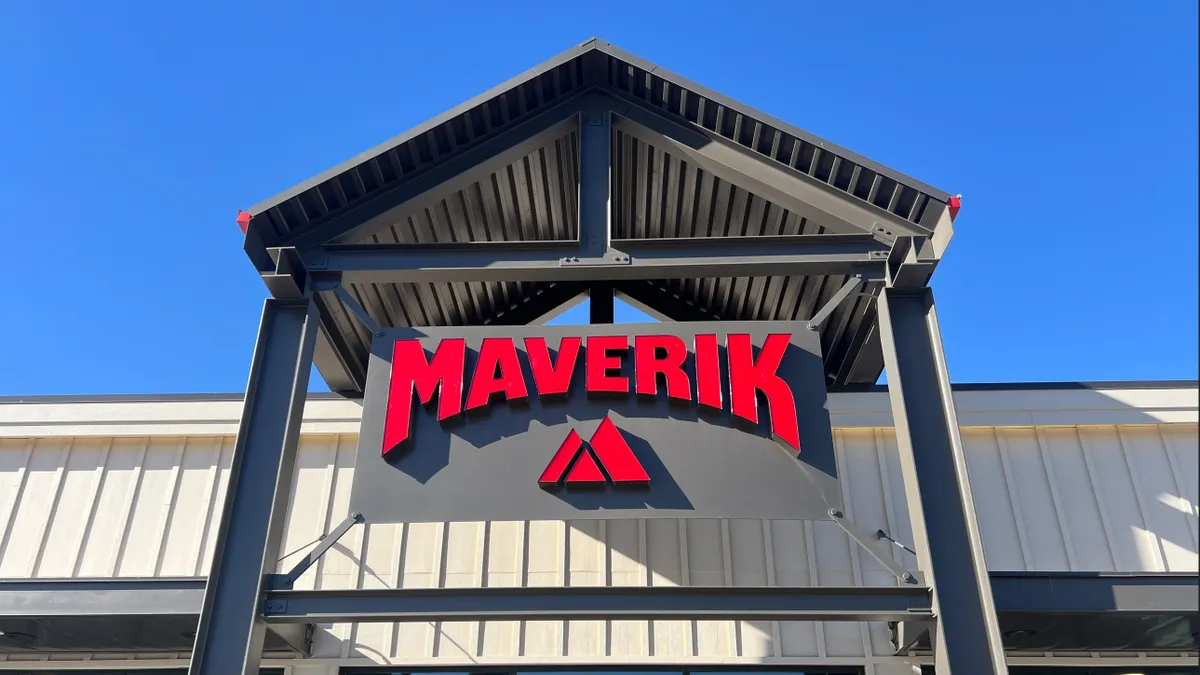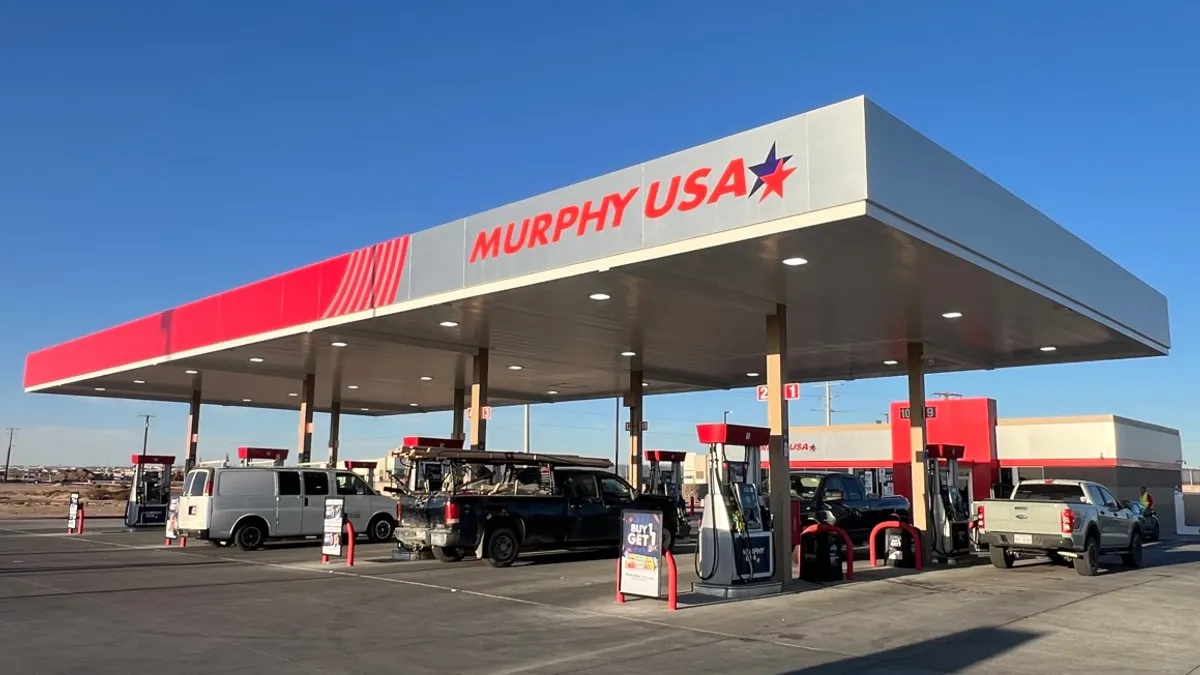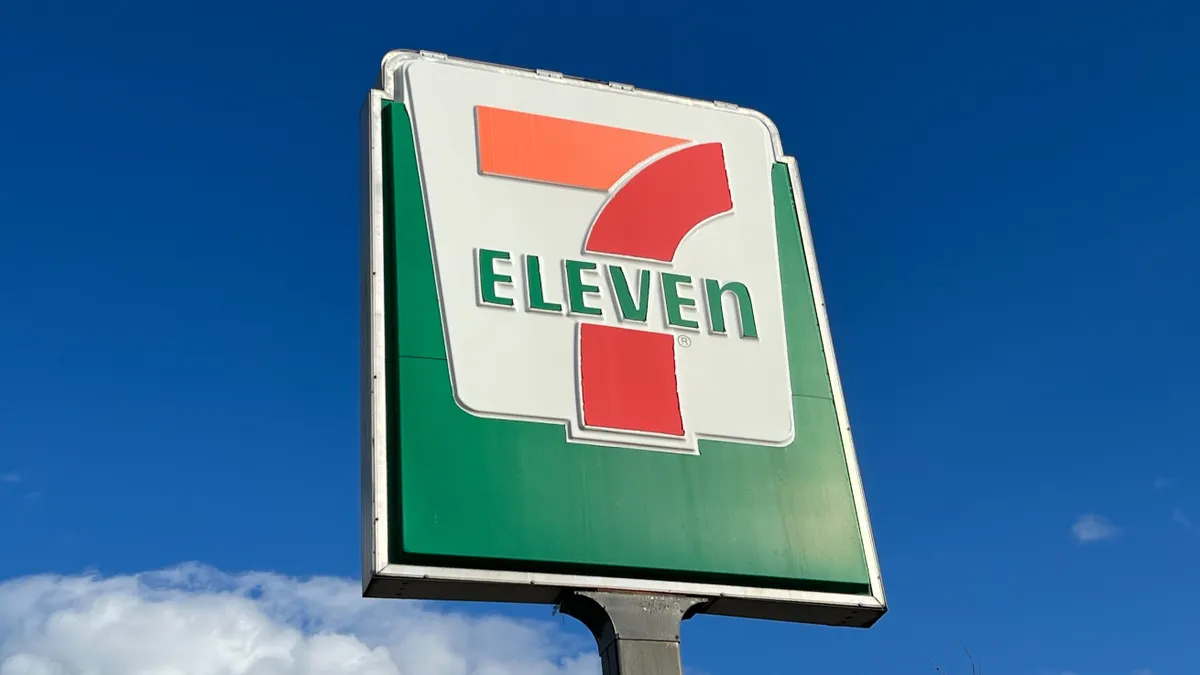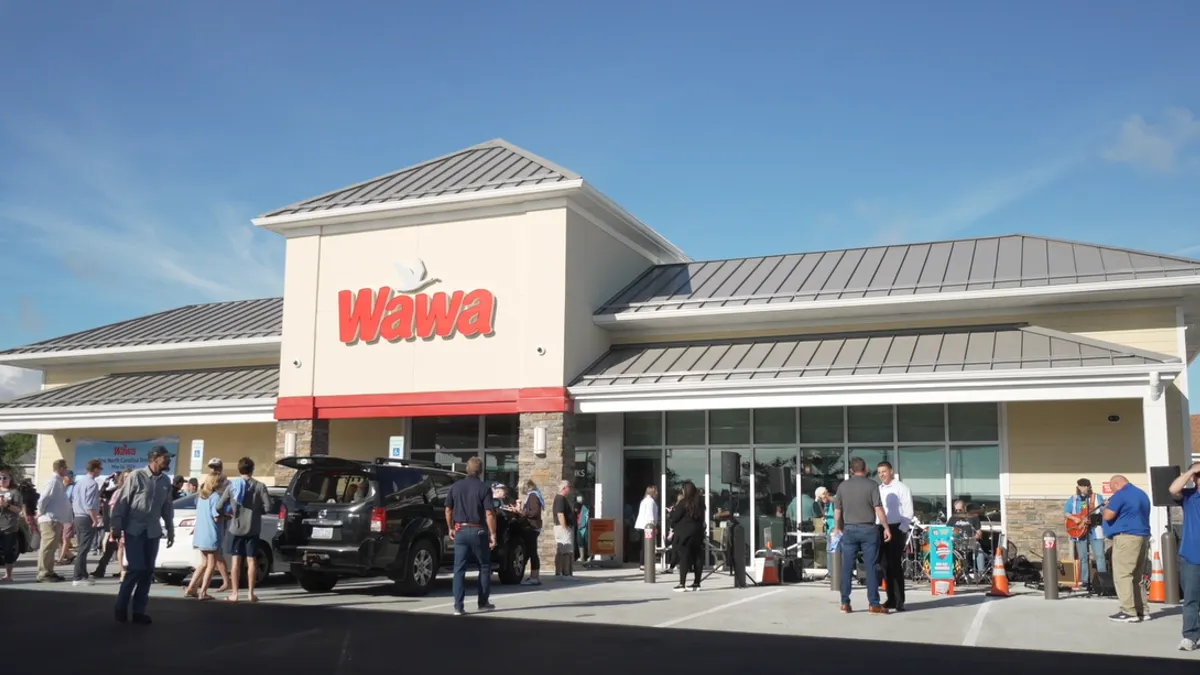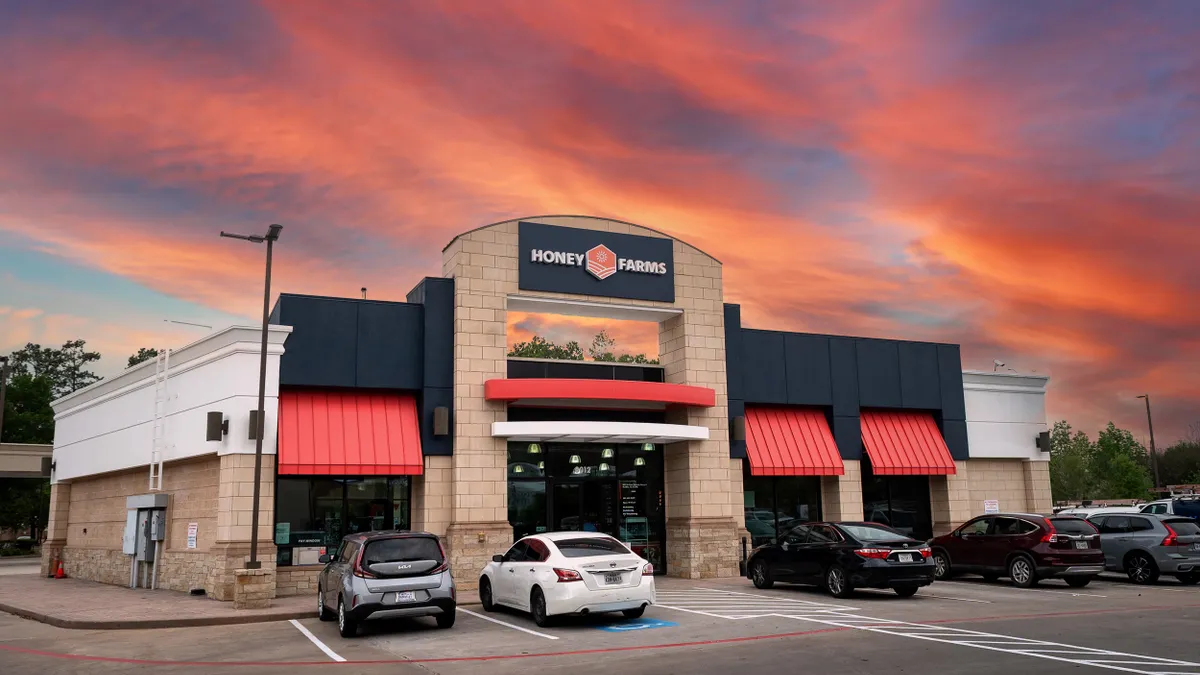Frank Beard is a longtime convenience retail enthusiast who currently works in marketing for Rovertown. His column, The Road Ahead, examines innovation in the c-store industry.
I understand why everyone’s fixated on the idea of Circle K potentially acquiring 7-Eleven. Analysts and industry observers love these stories: huge scale, big money and headlines that practically write themselves.
But as someone who’s spent nearly a decade in the industry visiting thousands of stores, I believe there’s another story that deserves attention. This one may have even bigger potential to reshape U.S. convenience retailing — at least from the customer’s perspective.
I call this trend the rise of the super regionals.
Specifically, I’m referring to the growth of four companies: Sheetz, Wawa, QuikTrip and Kwik Trip. You could argue that others deserve inclusion — and you might be right — but these four stand out. In addition to being privately owned, they maintain a consistent offer across their portfolio and execute well on coffee, food, marketing, service and store quality. Rather than sticking to their traditional markets, they’re also aggressively expanding beyond those boundaries.
While there are other phenomenal brands in our industry, including some that have arguably taken some of these elements even further, customers in Nashville are unlikely to see a Parker’s Kitchen anytime soon, and customers in Des Moines, Iowa are unlikely to ever see Shop Rite’s Bourbon Street Deli — much to my dismay, being a fan who lives in West Des Moines.
This raises important questions: What happens if Wawa eventually grows to 2,000 stores, or if Kwik Trip expands into three or four more states? Consolidators like Circle K swapping signs on acquired sites may be noteworthy, but if Sheetz or QuikTrip suddenly drop 30 new, state-of-the-art locations into your market, it fundamentally changes consumer behavior and competitive dynamics in a much different way.
Let’s take a closer look.

How super regionals differ from the completion
Consolidators — think Circle K or 7-Eleven — represent the purest distillation of what the market defines as a convenience store. For the most part, our industry standardized its current format in the 1980s and '90s. I sometimes joke that if Hollywood remade Back to the Future, they'd have to rewrite Marty’s astonishment at the Texaco station. His confusion at a 1950s service station made sense for a guy from 1985. But if I traveled 30 years back in a DeLorean to a gas station from 1995, I’d feel completely at home.
That's not inherently bad. It’s actually a testament to the industry’s strength. However, one could argue that c-stores quickly became commoditized around the same products from the same major CPG brands. Virtually everything retailers now do in terms of customer-facing innovation aims at differentiating themselves from the competition.
Historically, the most intense differentiation efforts have come from local chains and helped cement the regional differences in our industry: Touchscreen ordering out east, pizza in Iowa, Cajun food in Louisiana. In an industry with few national brands, these differentiators remained localized — especially since the best brands tend to stick to their home regions and expand concentrically.
This is what makes the super regionals so interesting.
It’s no longer accurate to say Wawa is just a Pennsylvania phenomenon, or that Kwik Trip will stay confined to Wisconsin, Minnesota and northern Iowa. Sheetz continues to expand outward and QuikTrip has already shown a tendency to aggressively enter markets far from Tulsa.
While some would argue that aggressive unit growth can impact quality, one cannot deny that these banners have well-established brands and retail models that customers love — and that they have the potential to reshape the competitive landscape in their new markets.
Consider the fact that many retailers are currently trying to figure out their play in foodservice. Then compare that to the fact that Sheetz was doing touchscreen ordering on cathode ray tube monitors in the late 1990s, or consider the scale of Kwik Trip’s vertical integration.
For some retailers, just one of these companies entering their market could shake things up.
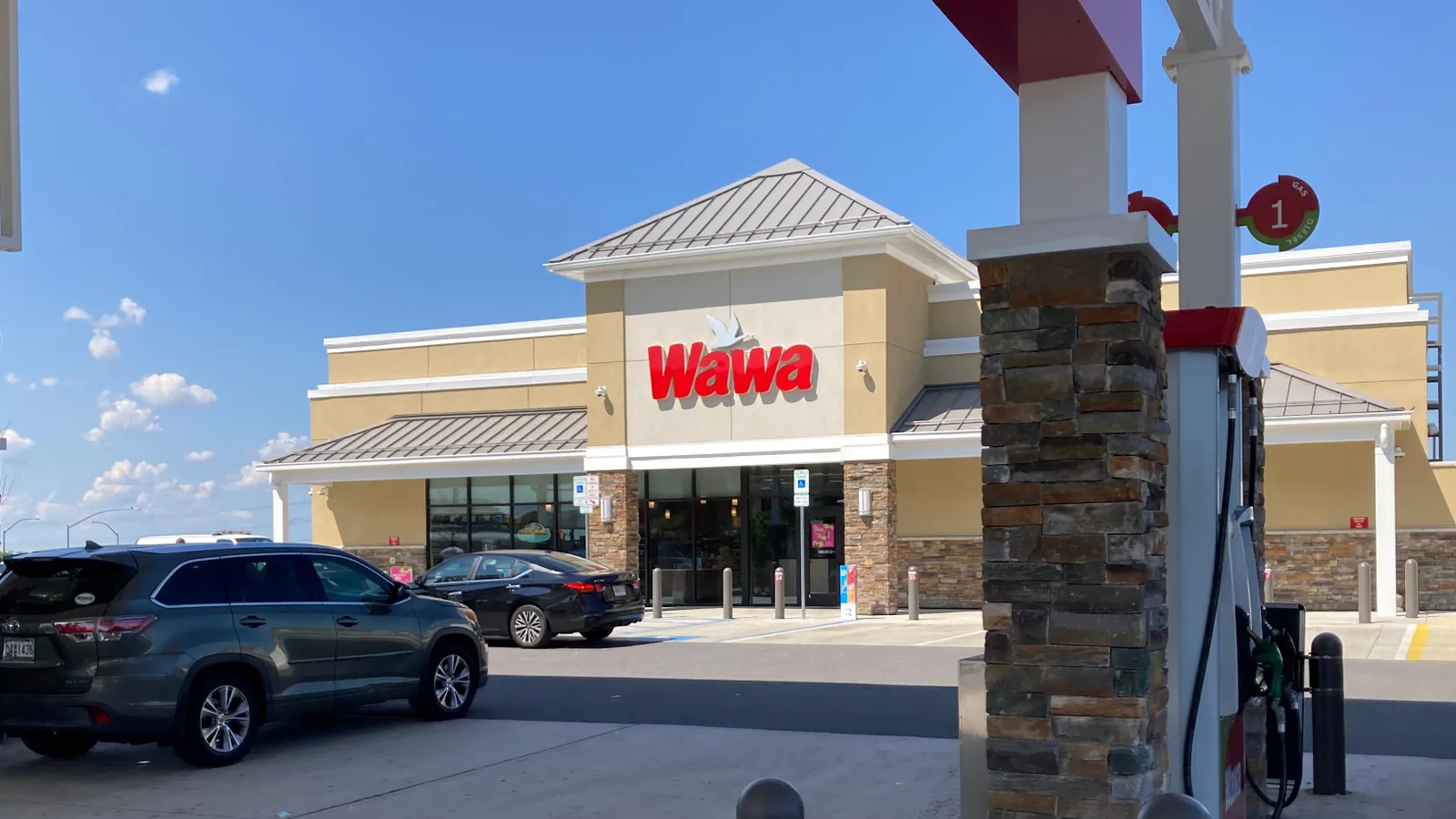
Why consistency changes everything
The advantage of super regionals isn’t just quality — it’s consistency.
Consolidators generally optimize for unit growth and cost discipline, and consumers sometimes find inconsistent experiences from one store to the next. Some local and regional chains also have phenomenal flagship stores or new-to-industry builds, but a larger portfolio of older formats or occasional consistency challenges from acquired stores.
A super regional like QuikTrip, however, maintains a near-ubiquitous experience regardless of which state or type of neighborhood you’re in. Anyone walking into a Kwik Trip in the middle of the day can also reasonably expect to see an elderly lady handing out samples of their food — one of my favorite things.
This predictable and high-quality experience makes an impact on customers.
For example, I’ve seen firsthand what happens when Kwik Trip moves into a new market. In my hometown of Des Moines, they recently opened over a dozen stores seemingly overnight. Within weeks, I observed family members shift their shopping habits. They didn’t just adopt Kwik Trip; they quickly became advocates and began going there for fill-in grocery trips. Conversations on Facebook and Reddit — where Des Moines residents already showcase our quirky affinity for the local brands — rapidly began featuring Kwik Trip as a favorite.
This kind of rapid shift can present competitive challenges for other retailers. An independent may be attempting to differentiate against low-price leaders, only to be hit from the other side by a brand featuring a standardized format based around experience and quality.
Additionally, it raises the bar for everyone, as customers quickly begin to reshape their own expectations for what a convenience store can and should be.
What’s one to do?

What's next — and why it matters
A few years ago, I remember speaking with a retailer who described their efforts to differentiate against a super regional. They created more of a “home cooked” food program and positioned it as the higher-quality option against what they saw as a standardized, QSR-style offer from the super regional.
I think this illustrates the defensive mindset that’s now required.
And to be fair, our industry is full of smaller chains that have done exactly this. Few would disagree that brands like Weigel’s, Parker’s and Coen Markets represent the stores of the future today. As mentioned above, I’m also a fan of Shop Rite’s Bourbon Street Deli locations and think they’re perhaps the best Cajun quick-service offer I’ve ever encountered.
I suspect we’ll see even more extreme differentiation from smaller chains as they consider the possibility of coming up against a super regional. Additionally, they have the advantage of being able to localize in ways that super regionals can’t. Consider how several chains have incorporated college athletes into their marketing, or the way that they’re able to tap into local flavors in ways that larger regional chains might not.
At the end of the day, being locally owned also matters to a lot of people.
I also think it’s worth considering if other companies might step up and become super regionals themselves. There are a handful that have the potential if they were to figure out one or two missing pieces of the puzzle — generally food, coffee, branding or the in-store experience.
And don’t worry, I didn’t forget about Casey’s General Stores. I’m from Des Moines, after all. Casey’s occupies an interesting space: a consolidator with super regional qualities, prioritizing unit growth while also having a fantastic brand and some of the most iconic food in our industry. I believe that Casey’s has made enormous strides over the past five years and is a brand worth watching closely.
This became apparent cycling across Iowa on RAGBRAI the last few summers, witnessing the new brand refreshes in small towns. I also watched friends from other states encounter Casey’s for the first time, being shocked at how delicious the breakfast pizza was or just remarking with awe that there were actual kitchens inside the stores. While the company does have the challenge of consistency at its enormous scale, it has the ability and the talent to execute like a super regional.
All of this is to say that I’m curious what the industry will look like over the course of the next decade. It’s going to be an interesting time.




